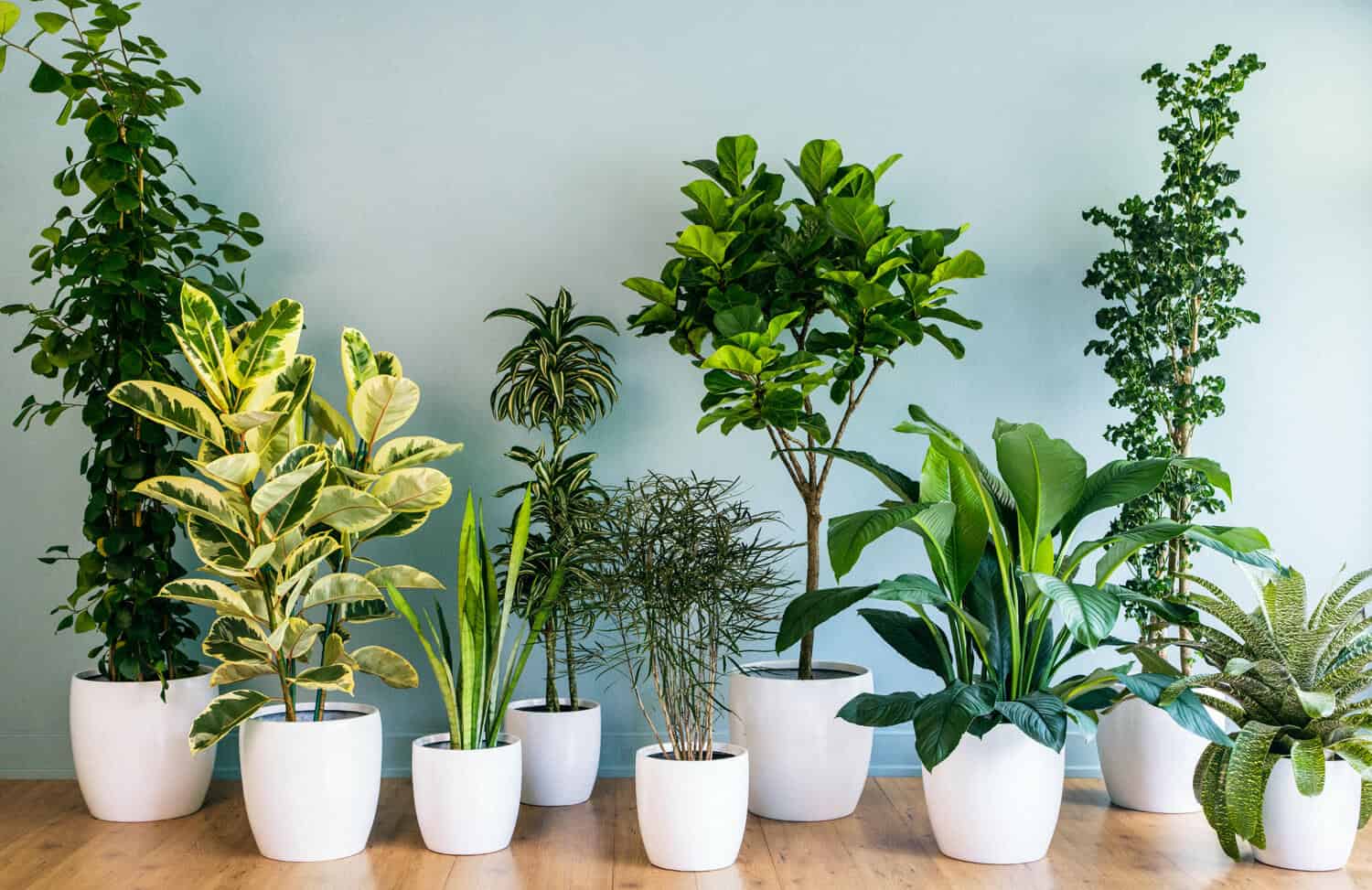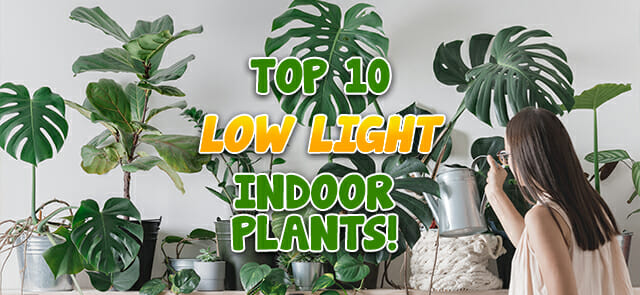Explore the One-of-a-kind Benefits of Low-Light Indoor Plants for Your Living Space
Incorporating low-light interior plants into your living space supplies a multitude of benefits that expand far past plain aesthetics. These sturdy plants not only grow in atmospheres with minimal sunlight however likewise offer critical functions such as air filtration and humidity enhancement.
Air Filtration Benefits
Low-light interior plants not just improve the visual charm of living areas however additionally play a significant function in air purification. Study has actually shown that certain plant types can successfully get rid of typical indoor toxins, including formaldehyde, trichloroethylene, and benzene. These compounds often emanate from family things such as furniture, cleansing products, and building materials, adding to interior air top quality issues.
Plants such as the serpent plant, pothos, and peace lily are specifically adept at filtering system hazardous substances from the air while prospering in low-light problems. The procedure of phytoremediation, in which plants absorb and metabolize toxic substances, allows these types to add substantially to a much healthier interior setting. In addition, through photosynthesis, plants release oxygen, additionally enhancing air quality.
Incorporating low-light indoor plants right into office or home rooms not only gives aesthetic advantages yet additionally functions as a useful approach for improving air high quality. By selecting the appropriate species, people can produce an environment that advertises well-being and lowers exposure to hazardous pollutants, making these plants a crucial component in contemporary interior living.

State Of Mind Enhancement Effects
Various research studies have shown that including interior plants can substantially improve state of mind and total psychological health. The visibility of greenery in interior settings has actually been linked to reduced anxiety degrees, enhanced sensations of calmness, and boosted psychological health. Low-light interior plants, in specific, prosper in environments where all-natural light is restricted, making them excellent for different living areas.
Research suggests that connecting with plants can boost the launch of serotonin, a neurotransmitter related to sensations of happiness and wellness. Additionally, the act of taking care of plants promotes a feeling of responsibility and achievement, additional contributing to positive psychological wellness results. Low-light plants such as snake plants, pothos, and peace lilies have actually been shown to boost air high quality, which is fundamentally connected to state of mind improvement.
Including these plants into your home or office can produce a peaceful atmosphere, supplying a visual and sensory escape from the pressure of every day life - Best low-light indoor plants. As people invest boosting amounts of time indoors, the mood-enhancing results of low-light indoor plants come to be even a lot more vital, providing not only aesthetic appeal yet also a profound influence on psychological wellness
Low Upkeep Requirements
For those seeking to boost their indoor areas without a substantial time dedication, low-light indoor plants are a perfect option as a result of their reduced maintenance requirements. These durable plants flourish in less-than-ideal lights conditions, making them ideal for workplaces and homes where natural sunlight is restricted.

Pest resistance is another benefit of low-light indoor plants. Several varieties are less susceptible to common parasites, reducing the demand for consistent surveillance and intervention. These plants usually grow much more slowly than their high-light equivalents, implying much less regular repotting and pruning are needed.
Visual Charm and Convenience

Furthermore, these plants can be organized in myriad ways, whether in groups for a my blog lavish effect or as standalone attributes to attract the eye. The selections of planter designs-- from sleek ceramic pots to rustic wooden containers-- additionally boost their aesthetic value, enabling home owners to express their personal style.
Furthermore, low-light plants can be tactically put in locations that may otherwise really feel ignored, such as edges or dimly lit racks, thus optimizing their ornamental potential. Ultimately, the mix of their striking appearance and flexibility makes low-light indoor plants a beneficial enhancement to any living room, producing a welcoming environment that advertises wellness and leisure.
Enhanced Humidity Degrees
Enhancing interior humidity degrees is one of the significant benefits of incorporating low-light indoor plants right into living rooms. These plants normally launch moisture vapor with a procedure called transpiration, which takes place when water absorbed by the origins moves with the plant and evaporates from the leaves. This procedure not just raises moisture however also contributes to a much healthier interior environment.
Enhanced moisture levels can alleviate numerous health concerns, such as completely dry skin, breathing issues, and allergies. Lots of people experience pain in arid indoor problems, especially during winter season months when heating unit are in usage. By strategically putting low-light plants throughout your home, you can develop a much more well balanced moisture level that fosters overall wellness.
In addition, certain low-light interior plants, like tranquility lilies and crawler plants, are specifically effective at boosting moisture (Best low-light indoor plants). Hence, low-light interior plants offer both useful and visual functions, promoting a healthier atmosphere.
Conclusion
In summary, low-light interior plants use various advantages that add to a much healthier and a lot more welcoming living room. Including these durable plants right into indoor settings not just elevates the setting yet additionally advertises general well-being, establishing a serene look at this site shelter for citizens.
Plants such as the serpent plant, pothos, and peace lily are particularly skilled at filtering system damaging substances from the air while prospering in low-light problems. Low-light plants such as snake plants, pothos, and peace lilies have actually been shown to boost air quality, which is intrinsically connected to state of mind improvement.
Low-light indoor plants, such as snake plants, pothos, and ZZ plants, not just boost the aesthetic landscape of a space yet additionally present various textures and tones of green that can enhance varied indoor designs. These plants normally release wetness vapor through a procedure known as transpiration, which happens when water soaked up by the roots moves with the plant and evaporates from the leaves.In addition, certain low-light indoor plants, like tranquility lilies and crawler plants, are especially effective at enhancing humidity.